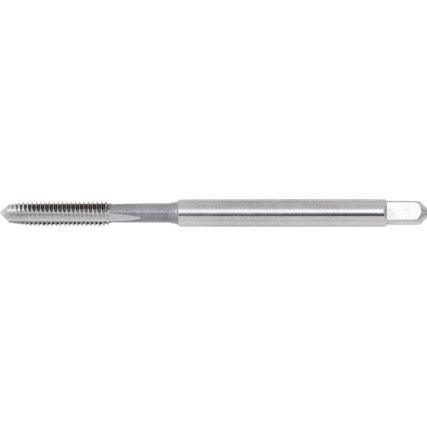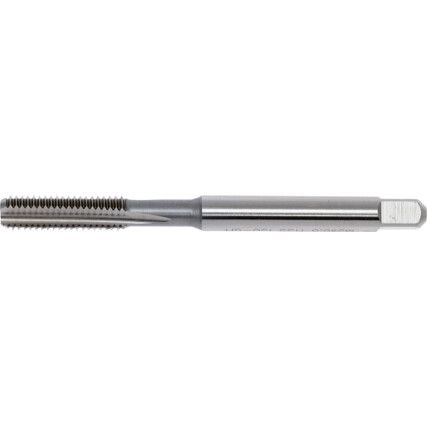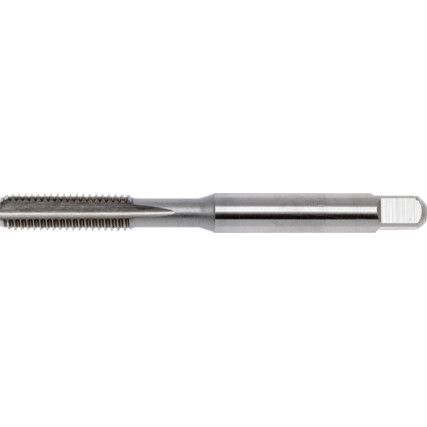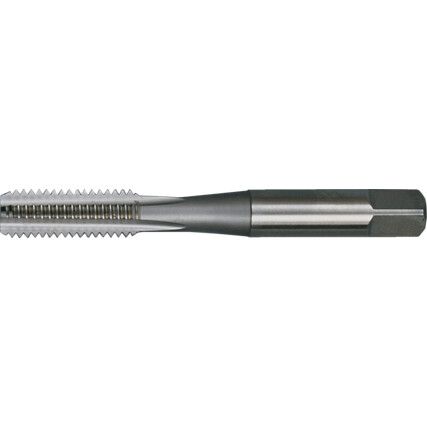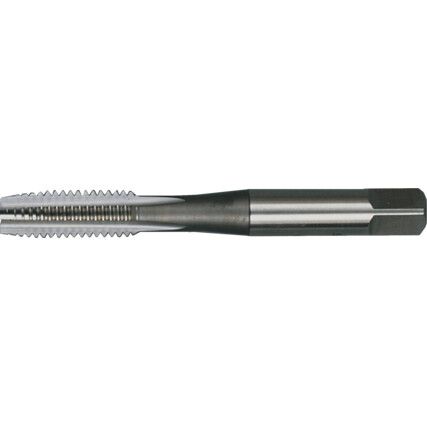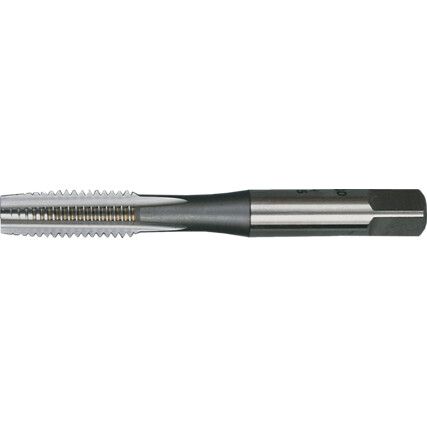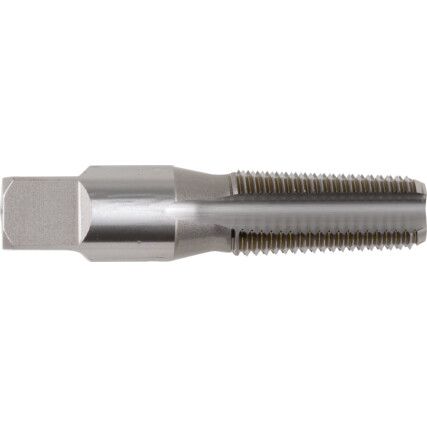Taps
The threading tap is a vital piece of equipment for any professional looking to create tight-fitting screwable holes in any surface or workpiece.
Cromwell stocks a large range of high-quality threading taps, available in a variety of sizes, styles, and materials to suit any tapping job from leading brands such as Sherwood, Dormer and Clarkson.
What are threading taps?
Threading taps are an incredibly useful tool, designed to create usable screw threads in a pre-drilled hole. They consist of a long shank and a thread which can be twisted into a hole, quickly creating a suitable hole for screws.
Why threading tap?
When using a threading tap, users create the required grooves for clean-fitting bolts and screws in metal, plastic, and wood. There are an endless number of situations where this is incredibly useful, and well-tapped threads can save hours of future troubleshooting and maintenance - saving substantial amounts of time and money. For this reason, it's well worth researching the best type of threading tap for your jobs and applications.
When threading taps?
Threading taps are used commonly throughout all manufacturing and engineering industries. They are used to 'cut' new threads, or 'chase' existing threads to keep them in good working condition.
Threading tap types
There are a few different types of threading tap; each with their own benefits. Here are the main types of threading tap we stock at Cromwell:
• Straight flute - The most common type of threading tap, designed for hand tapping applications and effective on short chipping materials.
• Spiral point - Spiral point taps have a spiral cut with notable relief grooves suitable for power tapping. The spiral angle on the front cutting edge helps prevent clogging by ejecting the chips, whilst an angled edge enables excellent cutting performance.
• Spiral flute - Similar to an endmill, spiral flute taps have an open spiral design. They have a through hole that helps eject chips out of the hole, making them usable for tapping blind holes.
• Interrupted thread - Interrupted thread taps have spaced-out teeth, with one tooth every other thread. This helps with chip extraction, as the tooth spacing helps break chips. The spacing also allows for lubricant to work more effectively when tapping.
• Fluteless - Fluteless taps are used to create chip-free threads in ductile metals, such as aluminium, copper, or soft brass. They have lobes instead of flutes, which create threads via extrusion. They work at high speeds compared to other taps.
If you're looking for personalised recommendations on the right type of threading tap for your jobs and applications, ask our experts for specialised advice.
Considerations when buying a threading tap
The main consideration when purchasing threading taps of any kind is the surface coating that is applied to the tap. There are a few different coatings to consider:
• Steam tempering / nitriding - Tempering hardens the surface of the tap, increasing the lifespan of the tap when used on softer materials such as copper and plastic. It also improves lubricant retention; however this coating can make the tap more brittle.
• Titanium nitride - Titanium nitride (Tin) is a thin later of non-metallic coating that reduces the possibility of cold welding. It increases the abrasive resistance of the tap and lowers friction with the workpiece, resulting in higher tapping speeds with lower wear. Titanium nitride coating is typically used on taps designed for working on stainless steel.
• Titanium carbide - Titanium carbide nitriding (TiCn) is an advancement on the regular titanium nitride coating, offering more protection from abrasive wear at a higher cost. It is most effective on taps designed for use on high tensile materials.
Threading tap jargon buster
Dimension standards:
• ISO 529 - Applicable to hand taps that cut ISO metric coarse & fine pitch; UNC & UNF ISO inch threads. These taps are best used on materials that produce chips.
• DIN 2184-1 - Specifies dimensions for cold forming taps.
• ISO 2284 - Specifies the general markings and dimensions of hand taps for pipe threads.
• ANSI 94.9 - Specifies dimensions for tapered dryseal pipe taps.
• DIN 374 - Specifies dimensions for standard metric form taps. DIN 374 taps are typically longer for long-reach tapping.
FAQs
How to use a threading tap?
Once a suitable hole is drilled into the workpiece, ensure the hole is free from debris and well lubricated. Then, insert the required threading tap into a t-handle or other holding device, and rotate the tap down the hole. Apply consistent pressure whilst you rotate the tap to create an even thread.

